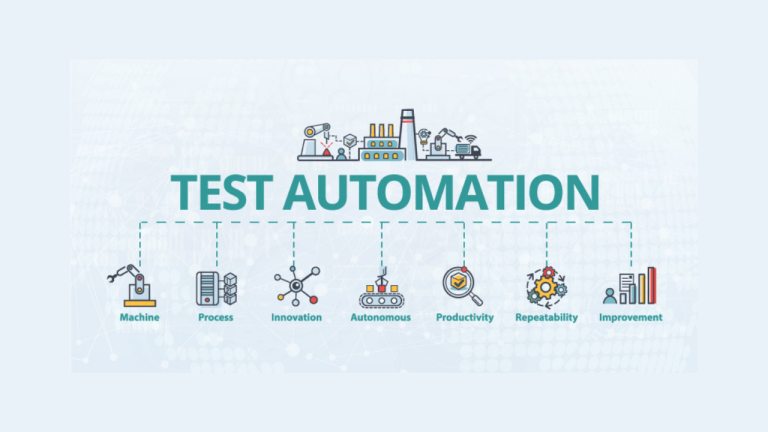Understanding What are the 5 Types of Artificial intelligence

How close are we to developing artificial superintelligence that outperforms the human mind? Though we aren’t there yet, the pace is rising as we build more complex varieties of AI.
In this post, we will introduce you to different types of AI intelligence. AI is a part of our daily lives. This is why I believe we must comprehend the many principles of Artificial Intelligence. This post on Artificial Intelligence Types will help you comprehend the many phases and classifications of AI.
How to understand Artificial Intelligence?
Artificial intelligence is also described as the creation of computer systems capable of executing activities. That needs human intellect, such as decision-making, object identification, sophisticated issue-solving, and so on.
Let us now examine the various ai intelligence types.
Types AI intelligence
There are several forms of artificial intelligence to be aware of;
- Narrow or Weak AI
AI systems that are built and taught for a certain job or area are referred to as narrow AI. These systems excel in completing a specific job with great competence.
Virtual personal assistants such as Siri or Google Assistant, chatbots, and algorithmic suggestions are used by companies. Such as Netflix and Amazon are all examples. Narrow AI is incapable of generalizing its expertise beyond its specific mission.
- Super intelligent AI
This notion extends beyond general AI to include an AI that outperforms human intellect in every way. Superintelligent AI would not only be able to execute human-level activities.
But it would also be able to develop itself recursively, resulting in fast and exponential advances in intellect. Control and safety considerations are raised by this form of AI.
- Machine Learning
It is an aspect of artificial intelligence which focuses on the creation of algorithms and models. That allows computers to improve their performance on a given job by learning from data.
ML approaches include, among others, supervised learning, unsupervised learning, and reinforcement learning. Image identification, natural language processing, and autonomous cars are all uses of machine learning.
- Deep Learning
It is a branch of Machine Learning that uses artificial neural networks to model and analyze complicated patterns in data. These networks, which are frequently made of numerous layers may learn characteristics from data without the need for explicit programming.
Computer vision and natural language processing have been changed by deep learning.
- Reinforcement Learning
Reinforcement Learning entails teaching AI agents to make a series of decisions in an environment. To maximize a cumulative reward.
This sort of learning is commonly utilized in robotics, gaming, and autonomous systems. Reinforcement Learning enables AI to learn optimal methods via trial and error.
- Natural Language Processing (NLP)
It is the study of how computers can read, interpret, and produce human language. Language translation, sentiment analysis, speech recognition, and language production are examples of such activities. Chatbots and language translation services have been made possible by NLP approaches.
- Computer Vision
Computer Vision allows computers to analyze and comprehend visual information from their surroundings in the same way that people see and interpret visual situations. Computer vision applications include object detection, picture segmentation, facial recognition, and autonomous vehicles.
- Expert Systems
Expert systems are artificial intelligence (AI) programs that are meant to emulate the decision-making skills of a human expert in a certain topic. These systems tackle complicated issues by reasoning via a collection of rules and facts using knowledge representation techniques.
- Neural Networks
Neural Networks are computer models inspired by the structure and operation of the human brain. They are made up of linked nodes (neurons) that are organized into layers. These networks are utilized in a variety of AI activities, including picture and speech recognition, language production, and gameplay.
- Cognitive Computing
It tries to imitate human cognitive processes such as reasoning, problem-solving, and decision-making. It entails AI systems that can comprehend and analyze complicated data, frequently incorporating many AI approaches such as NLP, machine learning, and computer vision.
- Autonomous Systems
These systems use AI technology to conduct activities without the need for direct human interaction. These technologies might include self-driving automobiles, industrial robots, and drones. They need a blend of perception, decision-making, and control systems.
- Emotion AI
It is also known as Affective Computing and is concerned with allowing AI systems to recognize, interpret, and respond to human emotions. This technology is used in customer service, mental health care, and human-computer interaction.
Conclusion
In summary, the many varieties of AI intelligence demonstrate the incredible advances in technology. And our continual quest to duplicate human-like capacities in computers. As we describe different types of AI intelligence above in the post.
We may be a long way from inventing machines that can solve all problems and are self-aware. However, we should direct our efforts to understand how a machine can train and learn on its own.
As AI advances, it can revolutionize businesses, boost human productivity, and pose critical ethical and societal issues.






